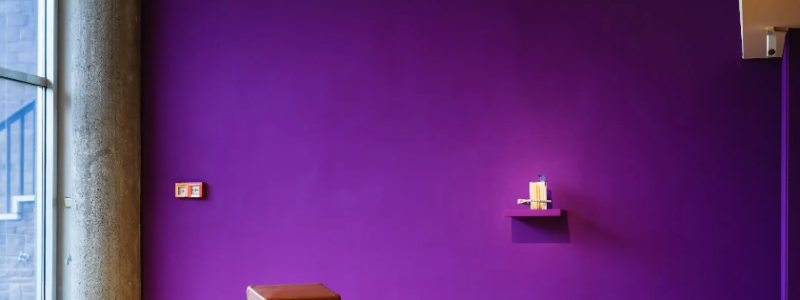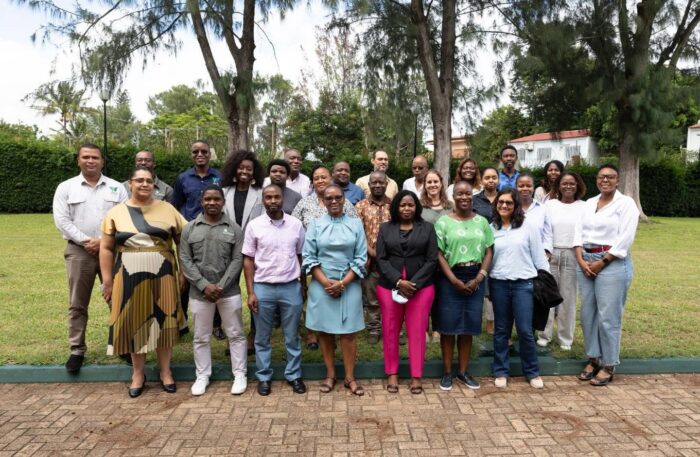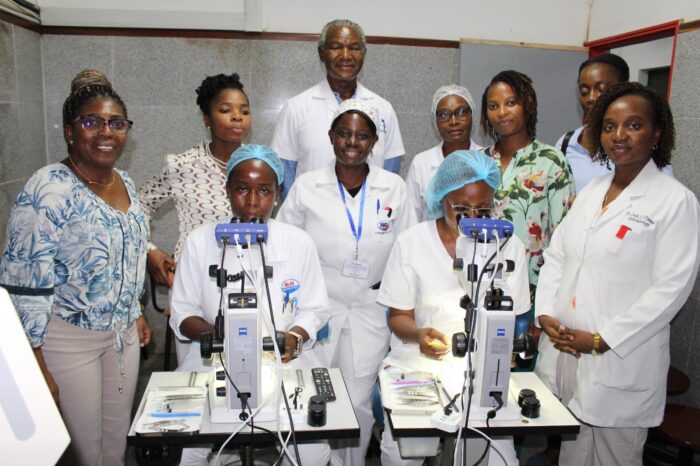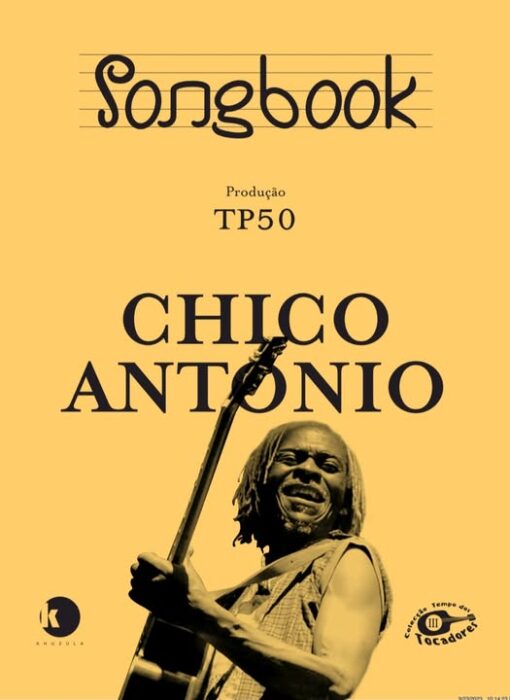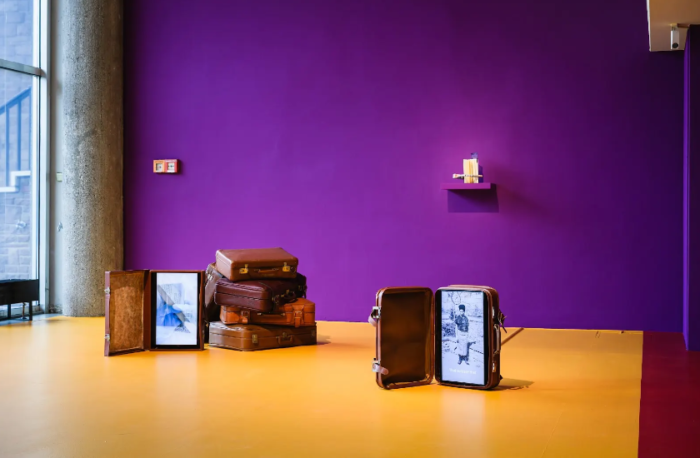
Departure, memory, is in itself already a fragment of a possible reality recorded in our minds. It is the remaining piece of an event we’ve experienced, one that, for some reason, has left a mark on us. This happens on an individual level.
History, on a collective level, exists to ensure that memories of episodes shaping a society are permanently available to all. Unlike individual memory, it is an exercise with proven methods.
Art, although it may sometimes draw upon science, is essentially formed on an individual level.
This is where we find Maimuna Adam's proposal, which seeks to be a place that both remembers—and questions—the memories woven through the experiences of immigrants in Germany (before and after the fall of the Berlin Wall).
Her interest in this theme arose somewhat by chance. While attending German language courses at the now-defunct Mozambique-Germany Cultural Institute (ICMA), part of a collection was found in poor condition and was about to be discarded, likely to be buried forever in collective oblivion.
The artist undertakes this exercise using books and photographs, to which she adds suitcases. The suitcase, in particular, is a rich metaphor, laden with various symbols. Among these are ideas of carrying important things—memories, experiences, or even burdens. What symbols do they carry in this case?
These objects, ordinary tools that escape our notice due to their everyday nature—widely explored in contemporary art since Duchamp’s turn—are, in this installation, re-signified as sensory material reflecting the unique journeys of the characters in the exhibition, but they could also be a portrait of collective experiences.
Through this exercise, Maimuna fictionalizes personal narratives to serve as a reflection on the condition of the traveler and the immigrant. This experience can, as **Stuart Hall** concluded regarding the migration of Caribbean people to the United Kingdom in the 1960s, create identity instability—no longer belonging to the place of origin, nor fully to the place of arrival.
By manipulating objects and working with books, she brings them into the museum space not as material for traditional reading, but as prompts for new forms of reading, emerging from the suggestions made by her interventions.
The work offers a sensory and symbolic interpretation of migratory experiences, bridging the gap between individual experiences and a collective condition, where identity is shaped by continuous displacement and redefinition.
(By Leonel Matusse Jr.)


